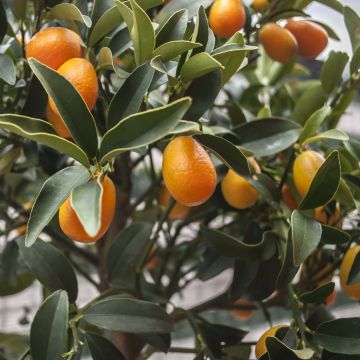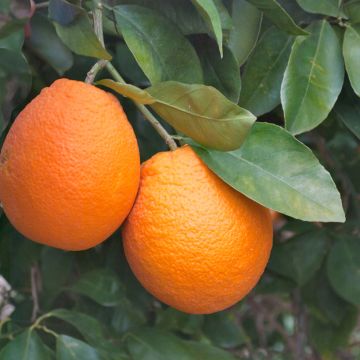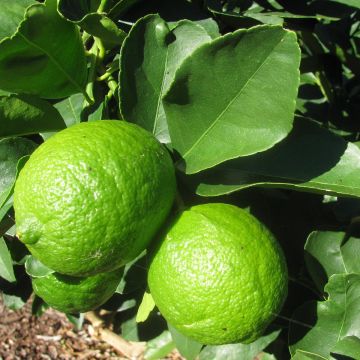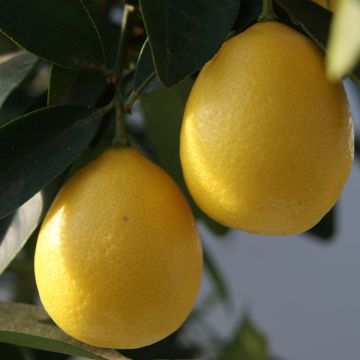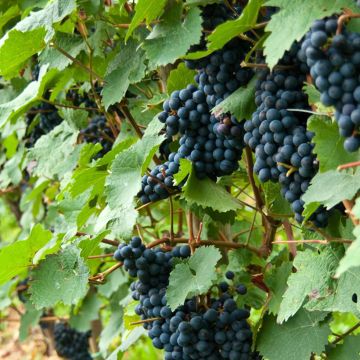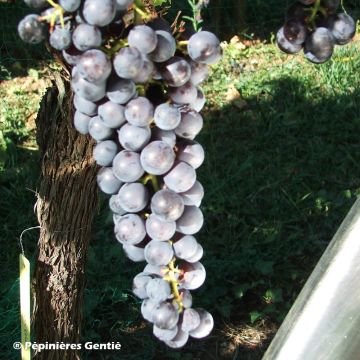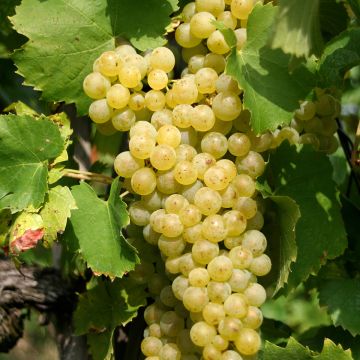

Clementine Tree - Citrus clementina


Clementine Tree - Citrus clementina
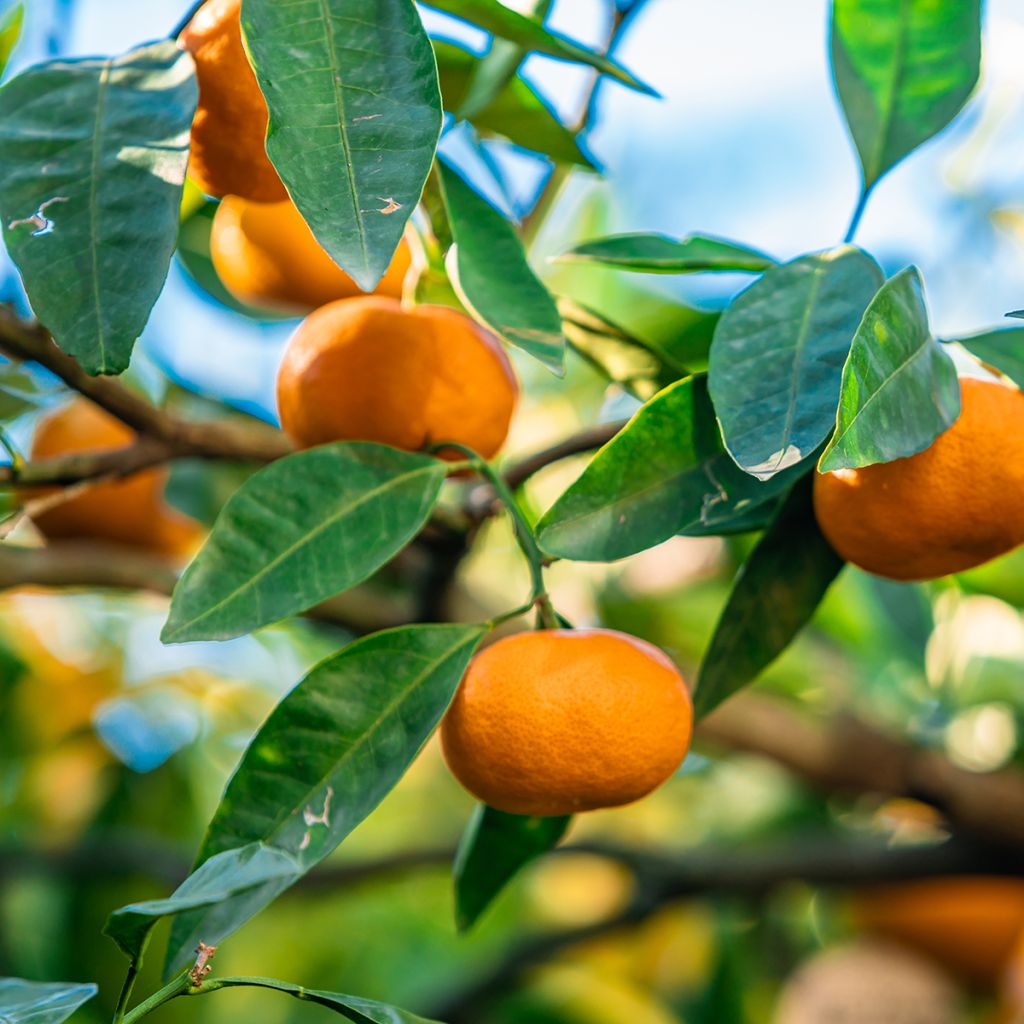

Clementine Tree - Citrus clementina


Clementine Tree - Citrus clementina


Clementine Tree - Citrus clementina
Clementine Tree - Citrus clementina
Citrus x clementina Clémentine
Clementine, Clemetine Orange
This item cannot be shipped to the selected country
Delivery charge from €5.90
Delivery to Corse prohibited
More information
Schedule delivery date,
and select date in basket
This plant carries a 6 months recovery warranty
More information
We guarantee the quality of our plants for a full growing cycle, and will replace at our expense any plant that fails to recover under normal climatic and planting conditions.
From €5.90 for pickup delivery and €6.90 for home delivery
Express home delivery from €8.90.
Delivery to Corse prohibited: UE law prohibits the import of this plant from mainland France to Corse as part of the fight against Xylella fastidiosa. Please accept our sincere apologies.
More information
Description
The Clementine Citrus Tree is a small, highly ornamental tree. It produces round, slightly flattened clementines with sweet, juicy flesh and almost no seeds. Their thin skin peels easily. They acquire their beautiful orange hue thanks to the first frost. They are harvested from October to March, when they are ripe.
The Clementine Tree is a hybrid between the Mandarin Tree and the Orange Tree. It was discovered by Father Clement, a French missionary, in the early 20th century in Algeria. He worked towards the development of this fruit.
Cultivated for its ornamental qualities and its clementines, the Clementine Tree can reach a height of 3 to 4 metres (10 to 13 feet) when planted in the ground. With its rounded spreading habit, it showcases its beautiful dense and evergreen foliage. Its leaves are elongated, pointed, glossy on the upper side, ranging from bright green to deep green, and highly fragrant.
It produces small, highly fragrant white flowers, which then give way to round, slightly flattened clementines with sweet, juicy flesh and almost no seeds. Their thin skin peels easily. They acquire their beautiful orange hue thanks to the first frost. They are harvested from October to March, when they are ripe.
Like all Citrus trees, the Clementine Tree contains essential oil pockets in its leaves, flowers, and fruits, often visible to the naked eye, from which essential oil is extracted through distillation (flowers and leaves) or pressing (zest).
Most citrus trees thrive when planted in the ground in Mediterranean coastal regions, where they can enjoy the necessary warmth all year round. In other regions, they will be grown in pots and brought indoors at the first signs of cold weather. Not very hardy, the Clementine Tree suffers greatly from temperatures below -5°C (23°F).
The Clementine Tree blooms in November and December and bears fruit from October to March. It is a self-fertile bush, which means that a single individual is sufficient for complete pollination and fruiting. However, if your citrus tree remains indoors permanently, you may need to occasionally allow pollinators to do their work or, if you feel delicate enough, perform hand pollination with a brush.
Report an error about the product description
Clementine Tree - Citrus clementina in pictures
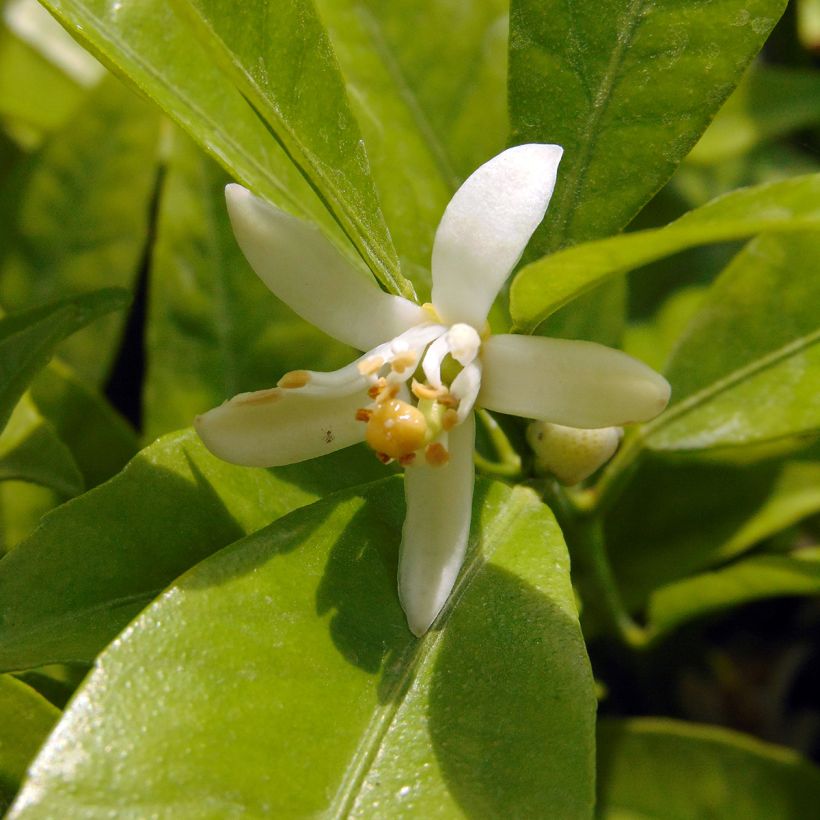



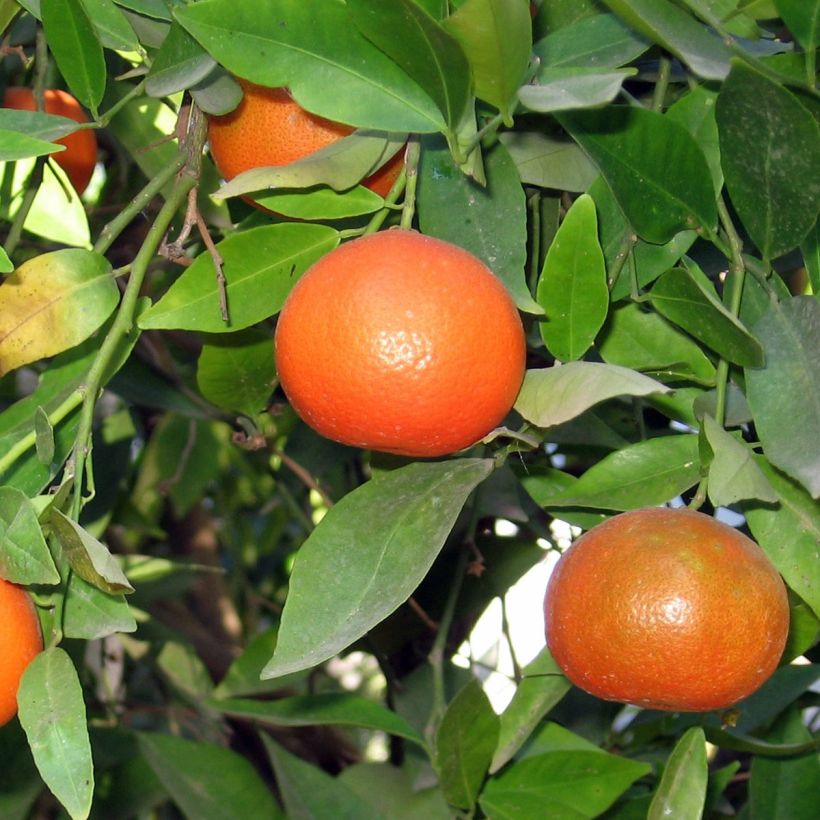

Plant habit
Fruit
Flowering
Foliage
Botanical data
Citrus
x clementina
Clémentine
Rutaceae
Clementine, Clemetine Orange
Mediterranean
Other Citrus trees
Planting and care
Planting in open ground: The Clementine tree prefers slightly acidic and non-calcareous soil. It is only advisable to plant it in open ground if you live on a Mediterranean coastal strip. The best time to plant is in early spring, in March and April. Start by watering the root ball to moisten it through capillary action. Dig a hole four to five times the volume of the root ball. If your soil is calcareous, don't hesitate to amend it with heath soil. If it is heavy and compact, lighten it by one third with sand. Citrus trees do not appreciate calcareous or poorly draining soils as they dislike having their roots in stagnant water. Be careful not to bury the collar, then tamp vigorously. Citrus trees are naturally hungry: in any case, consider amending with well-decomposed compost with humus or with "special citrus" fertilizer. Choose a sunny but not scorching location for your bush, sheltered from the wind to prevent foliage from drying out and away from any spray.
Pot planting: in all other regions, Citrus trees will be planted in pots and stored in an orangery or cold greenhouse during winter, and outdoors once frost is over. Pot planting or repotting takes place in late summer. Choose a pot slightly larger than the root system, as citrus trees do not appreciate feeling cramped. Moisten the root ball well. To improve drainage, line the bottom of the pot with clay balls. Loosen the root ball and mix two-thirds garden soil with one-third "special citrus" potting soil. Water generously. Prefer pots made of breathable material or terra cotta.
Citrus trees require a lot of water to thrive. Your Clementine tree, especially when grown indoors, should be watered daily and the soil should remain constantly moist. Similarly, make sure to regularly provide it with the fertilizer it needs: every 6 months for slow-release granular fertilizer or every 3 waterings for liquid fertilizer.
Planting period
Intended location
Care
-
, onOrder confirmed
Reply from on Promesse de fleurs
Mediterranean fruit trees
Haven't found what you were looking for?
Hardiness is the lowest winter temperature a plant can endure without suffering serious damage or even dying. However, hardiness is affected by location (a sheltered area, such as a patio), protection (winter cover) and soil type (hardiness is improved by well-drained soil).

Photo Sharing Terms & Conditions
In order to encourage gardeners to interact and share their experiences, Promesse de fleurs offers various media enabling content to be uploaded onto its Site - in particular via the ‘Photo sharing’ module.
The User agrees to refrain from:
- Posting any content that is illegal, prejudicial, insulting, racist, inciteful to hatred, revisionist, contrary to public decency, that infringes on privacy or on the privacy rights of third parties, in particular the publicity rights of persons and goods, intellectual property rights, or the right to privacy.
- Submitting content on behalf of a third party;
- Impersonate the identity of a third party and/or publish any personal information about a third party;
In general, the User undertakes to refrain from any unethical behaviour.
All Content (in particular text, comments, files, images, photos, videos, creative works, etc.), which may be subject to property or intellectual property rights, image or other private rights, shall remain the property of the User, subject to the limited rights granted by the terms of the licence granted by Promesse de fleurs as stated below. Users are at liberty to publish or not to publish such Content on the Site, notably via the ‘Photo Sharing’ facility, and accept that this Content shall be made public and freely accessible, notably on the Internet.
Users further acknowledge, undertake to have ,and guarantee that they hold all necessary rights and permissions to publish such material on the Site, in particular with regard to the legislation in force pertaining to any privacy, property, intellectual property, image, or contractual rights, or rights of any other nature. By publishing such Content on the Site, Users acknowledge accepting full liability as publishers of the Content within the meaning of the law, and grant Promesse de fleurs, free of charge, an inclusive, worldwide licence for the said Content for the entire duration of its publication, including all reproduction, representation, up/downloading, displaying, performing, transmission, and storage rights.
Users also grant permission for their name to be linked to the Content and accept that this link may not always be made available.
By engaging in posting material, Users consent to their Content becoming automatically accessible on the Internet, in particular on other sites and/or blogs and/or web pages of the Promesse de fleurs site, including in particular social pages and the Promesse de fleurs catalogue.
Users may secure the removal of entrusted content free of charge by issuing a simple request via our contact form.
The flowering period indicated on our website applies to countries and regions located in USDA zone 8 (France, the United Kingdom, Ireland, the Netherlands, etc.)
It will vary according to where you live:
- In zones 9 to 10 (Italy, Spain, Greece, etc.), flowering will occur about 2 to 4 weeks earlier.
- In zones 6 to 7 (Germany, Poland, Slovenia, and lower mountainous regions), flowering will be delayed by 2 to 3 weeks.
- In zone 5 (Central Europe, Scandinavia), blooming will be delayed by 3 to 5 weeks.
In temperate climates, pruning of spring-flowering shrubs (forsythia, spireas, etc.) should be done just after flowering.
Pruning of summer-flowering shrubs (Indian Lilac, Perovskia, etc.) can be done in winter or spring.
In cold regions as well as with frost-sensitive plants, avoid pruning too early when severe frosts may still occur.
The planting period indicated on our website applies to countries and regions located in USDA zone 8 (France, United Kingdom, Ireland, Netherlands).
It will vary according to where you live:
- In Mediterranean zones (Marseille, Madrid, Milan, etc.), autumn and winter are the best planting periods.
- In continental zones (Strasbourg, Munich, Vienna, etc.), delay planting by 2 to 3 weeks in spring and bring it forward by 2 to 4 weeks in autumn.
- In mountainous regions (the Alps, Pyrenees, Carpathians, etc.), it is best to plant in late spring (May-June) or late summer (August-September).
The harvesting period indicated on our website applies to countries and regions in USDA zone 8 (France, England, Ireland, the Netherlands).
In colder areas (Scandinavia, Poland, Austria...) fruit and vegetable harvests are likely to be delayed by 3-4 weeks.
In warmer areas (Italy, Spain, Greece, etc.), harvesting will probably take place earlier, depending on weather conditions.
The sowing periods indicated on our website apply to countries and regions within USDA Zone 8 (France, UK, Ireland, Netherlands).
In colder areas (Scandinavia, Poland, Austria...), delay any outdoor sowing by 3-4 weeks, or sow under glass.
In warmer climes (Italy, Spain, Greece, etc.), bring outdoor sowing forward by a few weeks.


































